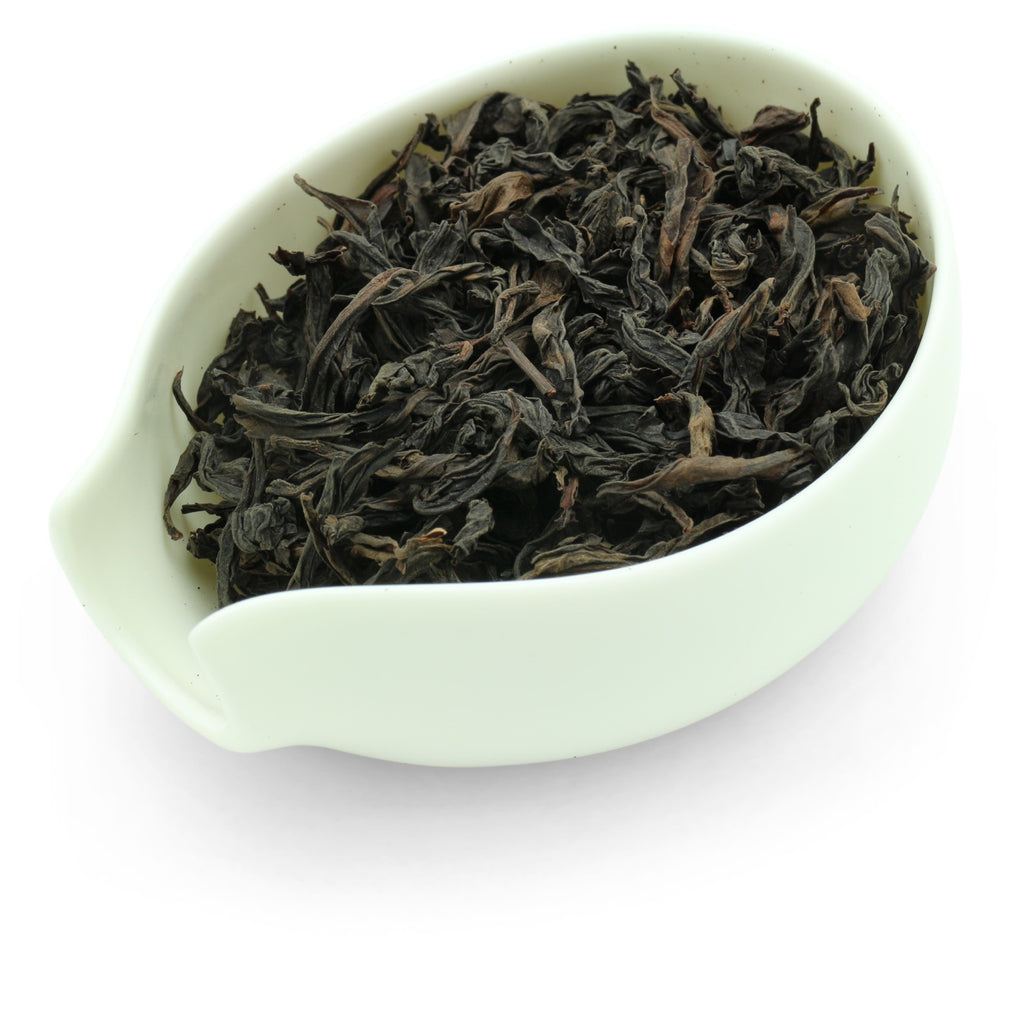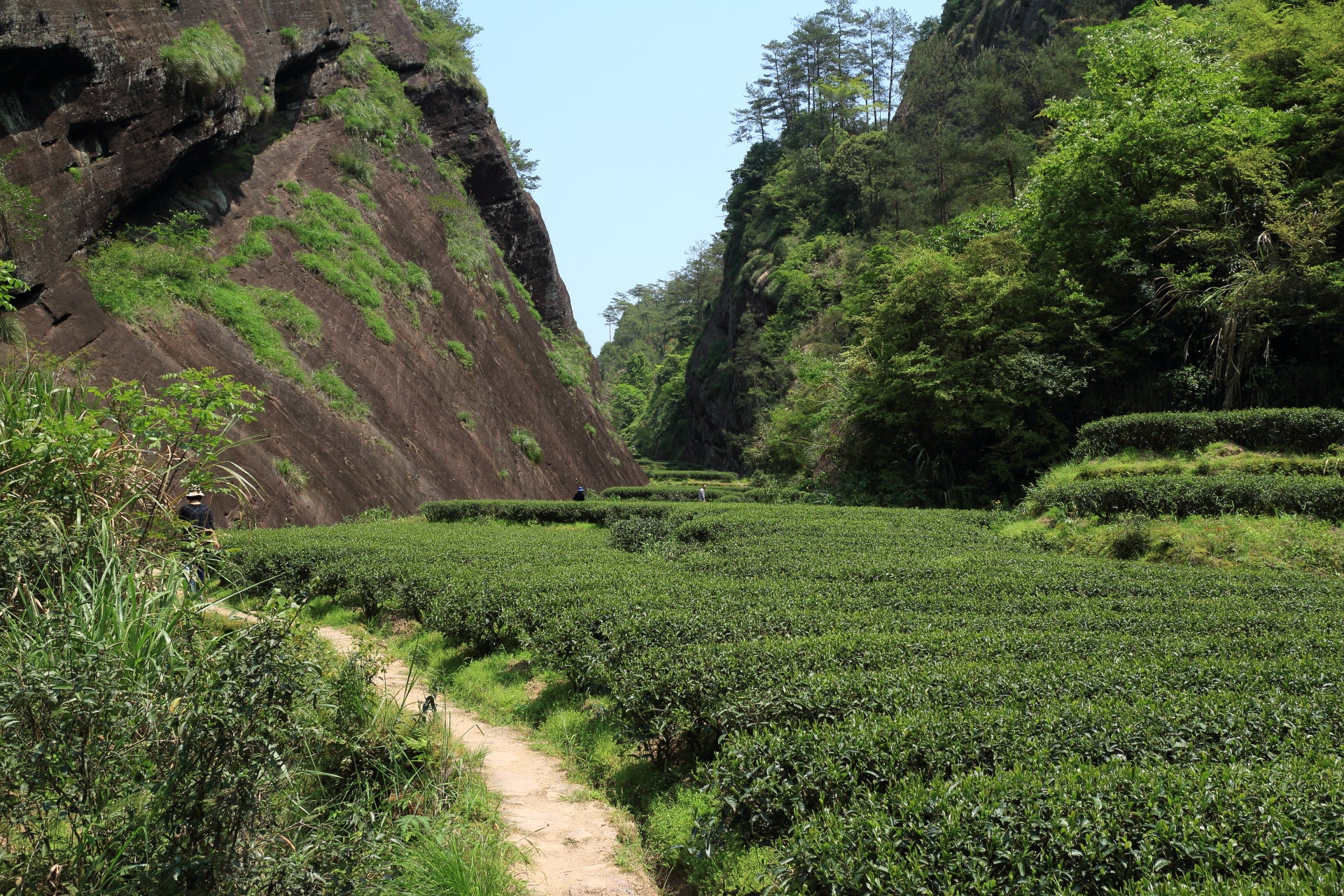Matouyan Rougui
Weich und samtig, ist dies eine milde Interpretation der Sorte Rougui, bei der der charakteristische Geschmack von chinesischer Zimtrinde die zweite Geige gegenüber der holzigen Note und den subtileren Aromen spielt. Durch mäßige Röstung entsteht ein umamihaltiger und recht ausgewogener Aufguss, in dem sich die leichte Säure zu einem Hauch von gelber Pflaume und Zitrone entwickelt und von dessen Oberfläche eine überraschende Jasminnote weht. Matouyan, das für seinen Yancha im Allgemeinen berühmt ist, rühmt sich einer langen Geschichte der Rougui-Produktion (manchmal auch als Ma Rou bezeichnet), und in diesem Fall scheint sie durchaus verdient zu sein, denn sie macht aus einem oft schroffen Tee einen raffinierten und zarten Aufguss.
- HERKUNFT: Matouyan, Wuyishan, Nanping, Fujian, China
- WAS DER NAME BEDEUTET: Kassia aus Matouyan (ma tou yan rou gui)
- ZÜCHTUNG: Rougui
- GEERNTET AM: 3. Mai 2022
- GESCHMACK: Eiche, Zitrone, Jasmin
- Menge: 6g / 500ml
- Wassertemperatur: 90°C
- Ziehzeit: 5 Min.
- Menge: 3g / 100ml
- Wassertemperatur: 90°C
- 3 Aufgüsse: 45, 60, 60, 90 Sek.
Die besten Ergebnisse beim Gongfu Cha erzielen Sie, wenn Sie den Tee im traditionellen Gaiwan oder in einer Yixing-Teekanne zubereiten. Eine zu hohe Wassertemperatur könnte die Blätter verbrennen und zu einem bitteren Geschmack führen.
Zusätzliche Informationen
Authentic Wuyi Yan Cha is produced in the Wuyi Mount region, a UNESCO natural heritage site. The dramatic gorges of the Nine Bend River are surrounded by a largely intact subtropical forest and smooth cliffs of black-brownish rocks. The tea plants grow in narrow valleys, next to the cliffs, in a mineral-rich soil.
Today Wuyi Yan Cha is one of the most valued teas in China. Because it has become a status symbol, many wealthy Chinese are willing to pay a fortune for it without even knowing how a proper Wuyi Yan Cha should taste. The result has been prices inflating to unjustified level and quality often sacrificed for quantity.
Unique to the Wuyi Yan Cha is a mineral savor coming from the soil and the surrounding cliffs. Being the oolong with the highest fire finish, fresh Yan Cha may as a result be strong and pungent. Sharpness and too-prominent astringency subside upon ageing. Premium high-fire Yan Cha tastes better after a few years of storage. Use a Yixing teapot to soften the tea, should it be too astringent for your palate.
The overall tasting profile is rich, complex, and deep. Depending on cultivar and environment, the mineral-roasted flavor is refined by floral, fruity, nutty or woody accents.










